Antonov AN-71 Madcap
Production Time 9 to 10 weeks
Shipment is by FedEx, UPS or DHL International Express Courier with a normal door-to-door delivery time worldwide of within 2-3 business days after dispatch. Due to the current volatility of world fuel prices, the amount mentioned here is our best estimate for DHL and UPS and may be subject to change at the time of shipping.

Model Description: Antonov AN-71 Madcap Wood Replica Scale Custom Model Aircraft
Manufacturer: Antonov
Wingspan: 17 Inches (43.2 Centimeters)
Height: 4.9 Inches (12.5 Centimeters)
Scale: 1:74
$239.50
Production Time 9 to 10 weeks
-
United States dollar ($)
-
Pound sterling (£)
-
Euro (€)
-
Australian dollar ($)
-
Canadian dollar ($)
-
Singapore dollar ($)
-
Swiss franc (CHF)
-
Japanese yen (¥)
-
Danish krone (kr.)
-
Hong Kong dollar ($)
-
Norwegian krone (kr)
-
Swedish krona (kr)
-
United Arab Emirates dirham (د.إ)
General Product Description
Our PlaneArt Antonov AN-71 Madcap model exhibits unique, unrivaled quality and detailed design to come as close as possible to the accuracy of the actual plane. It comes as standard with a robust, durable base or stand which is available in a variety of different finishes designed to match your own personal requirements including solid wood, wood with polished metal supports or adjustable wood wall mount and will be ready within about 9-10 weeks from placement of order.
The Antonov AN-71 Madcap model is made of the finest kiln dried renewable mahogany wood (commonly known as Lauan or Meranti) which has undergone many stages of carving and meticulous and careful sanding giving the beautiful, finished museum quality masterpiece. Many collectors and model connoisseurs demonstrate their preference for genuine handmade and hand painted mahogany wood models rather than plastic or die cast (diecast) alternatives due to the overall look and totally different feel of the item - we trust you will find the same. We can however, if required produce the same model in Solid Cast Resin so just click and contact us for further information. Our craftsmen and gifted artisans ensure that our finely handcrafted model airplanes match the precise blueprint details of the original aircraft. The paint scheme, markings and parts are closely matched, reflecting the original aircraft. This stylish top-quality desktop replica model will surely enthrall anyone who receives this as a gift and for sure one of the most appropriate and desirably collectable gifts for any aviation enthusiast or avid military jet aircraft collector whilst also displaying a perfect resemblance to the actual real life version.
There are many types of military jet aircraft, but the basic types are bombers, fighters, fighter bombers, spotter planes, transporters, patrol aircraft, trainers, and reconnaissance and observation aircraft. All these types of aircraft are used for different types of missions. If you're a fan of historic or present-day military aviation, our model aircraft will bring the excitement and character of these aircraft right into your own home.
If you require, we can also make the Antonov AN-71 Madcap model in any other military, government or even private livery or colour scheme you require and if necessary, in a different size or scale. Just click here to contact us with a description or photographs of what you require, and we will let you have a quotation for the necessary customization by return email. We can also make bespoke scale replicas of any other private / civil commercial airliner or airliners, helicopter, glider, gliders with engines, military propeller, warplane jets, biplane, triplane, tail fin, spacecraft, rocket or NASA model you require in any airline, military or civilian livery or colors. We also produce model airships, blimps, dirigibles, blimps, boats, and ship collectibles. Wall plaque or seal for military, government or private customers. Again, by clicking here to contact us just let us know exactly what you need.
The Antonov AN-71 Madcap: A Brief Overview of a Cold War Relic
In the annals of aviation history, certain aircraft stand out for their unique designs, roles, and contributions to military capabilities. One such aircraft is the Antonov AN-71, known by its NATO reporting name as “Madcap.” Designed during the Cold War era, this Ukrainian-made aircraft was developed to fulfill a specialized role within the Soviet Navy. This article delves into the Antonov AN-71 Madcap, exploring its development, design, operational features, and the legacy it leaves behind in the world of military aviation.
Development and Purpose:
The Antonov AN-71 was developed in the 1980s as a response to the Soviet Navy’s requirement for an advanced Airborne Early Warning and Control (AEW&C) system. The intention was to create an aircraft capable of providing long-range surveillance, target tracking, and command and control functions for naval forces, especially in the context of the Soviet Union’s strategic ambitions on the high seas. Its development was part of a broader initiative to enhance the Soviet Union’s maritime surveillance capabilities against NATO forces.
Design and Features:
The AN-71 is distinguished by its unique design elements tailored to its AEW&C role. It is based on the airframe of the An-72 Coaler, featuring a high-wing configuration that provides stability and optimal low-speed performance—critical for surveillance missions. The most striking feature of the AN-71 is its large radar dome mounted above the fuselage, housing the advanced radar system that was the heart of its surveillance capabilities.
The aircraft is powered by two jet engines, positioned above the wing to improve lift by taking advantage of the Coandă effect. This configuration also reduced the risk of foreign object damage by elevating the engines above the ground. The AN-71’s design allowed for short takeoff and landing (STOL) capabilities, making it versatile in operating from short and unprepared runways—a valuable feature for military operations.
Operational Use and Legacy:
The Antonov AN-71’s operational history was brief and marked by limited production numbers. Only a few prototypes were built before the program was halted. The dissolution of the Soviet Union further contributed to the cessation of the project, as the newly independent states grappled with economic challenges and shifting defense priorities.
Despite its limited use, the AN-71 Madcap contributed valuable lessons in the design and deployment of AEW&C systems. Its development showcased the technological ambitions of the Soviet military-industrial complex and the challenges of creating advanced military aircraft during a period of intense geopolitical tension.
The legacy of the AN-71 lives on in the form of technological and design insights that have influenced subsequent AEW&C aircraft development. Its existence serves as a testament to the innovative engineering and strategic aspirations of its time, capturing the imagination of military aviation enthusiasts and historians alike.
Conclusion:
The Antonov AN-71 Madcap may not have achieved the widespread operational use envisioned by its creators, but its story is a fascinating chapter in the history of military aviation. It represents a snapshot of a moment when the world was divided, and military prowess was displayed not just through numbers but through technological innovation. The Madcap remains a symbol of what was and what might have been in the never-ending quest for aerial dominance.
| Weight | 6 kg |
|---|---|
| Dimensions | 12.5 × 17 × 4.9 in |

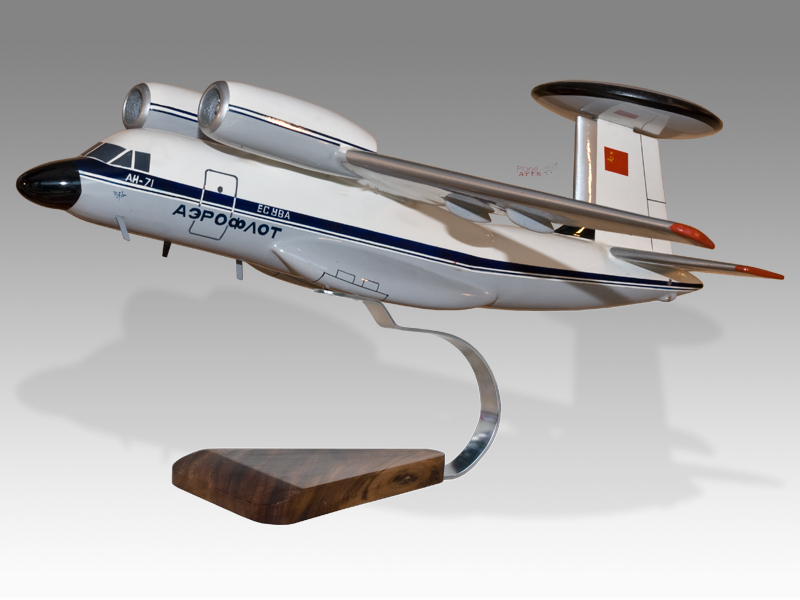
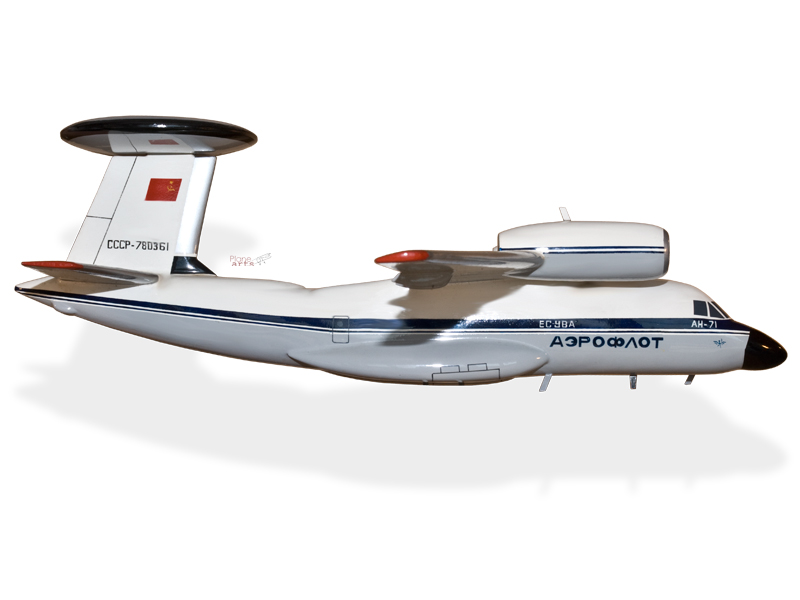
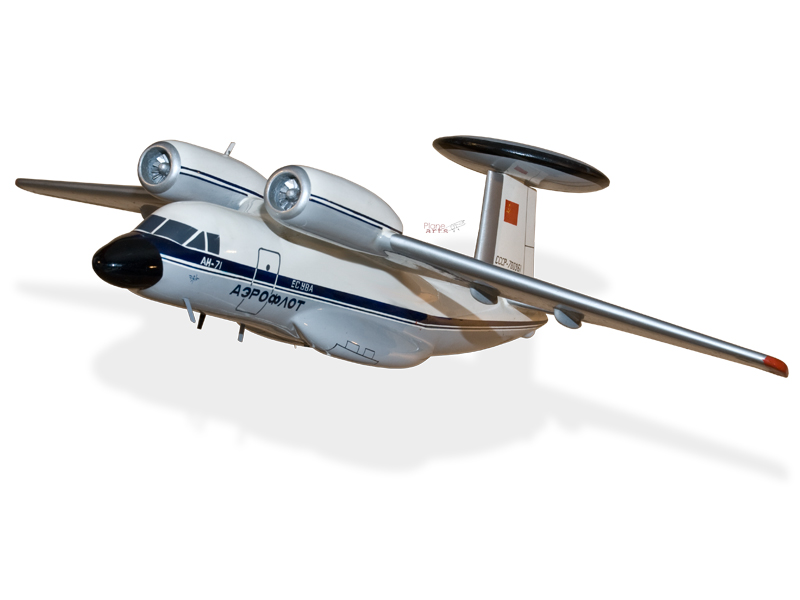
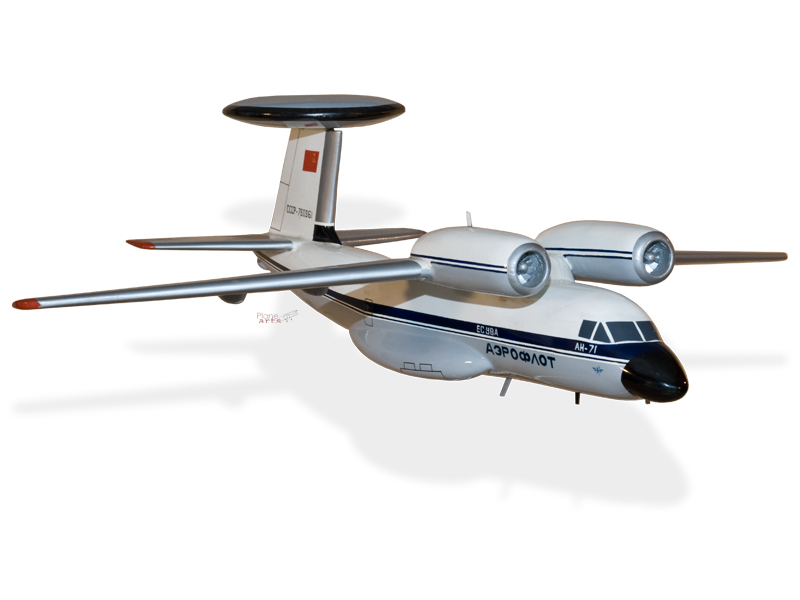
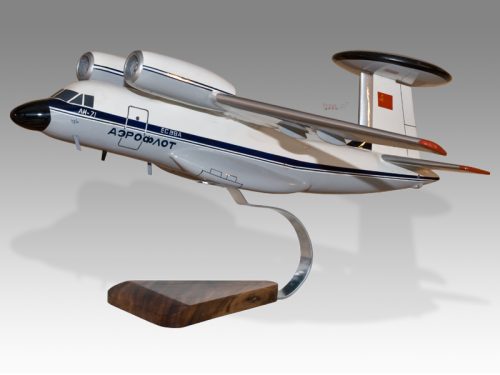
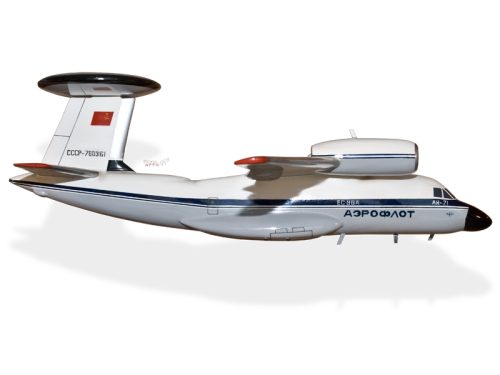
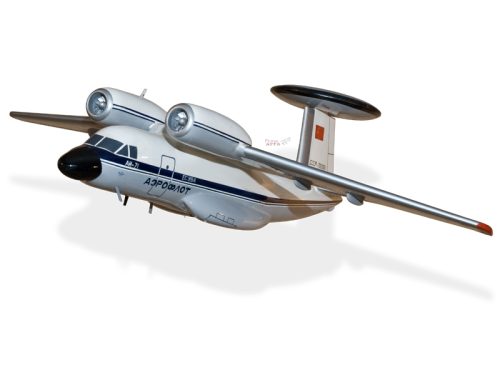
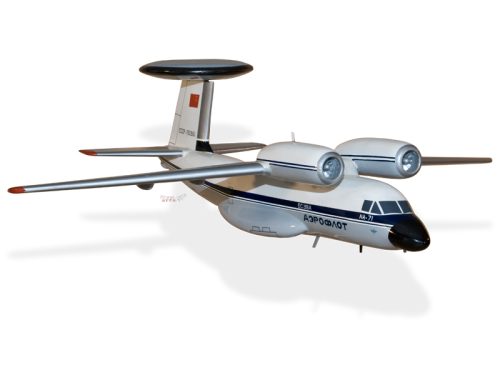
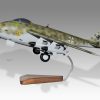
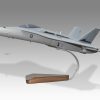
Reviews
There are no reviews yet.